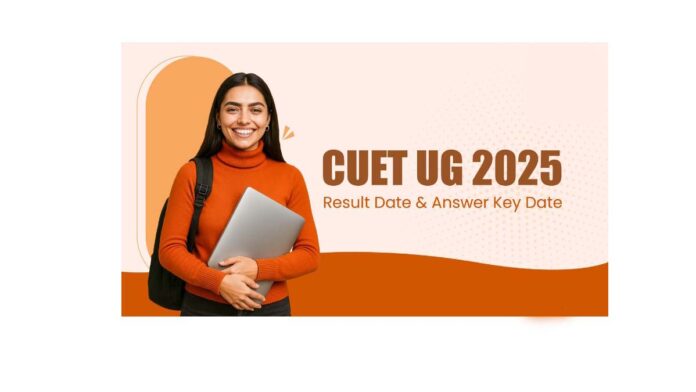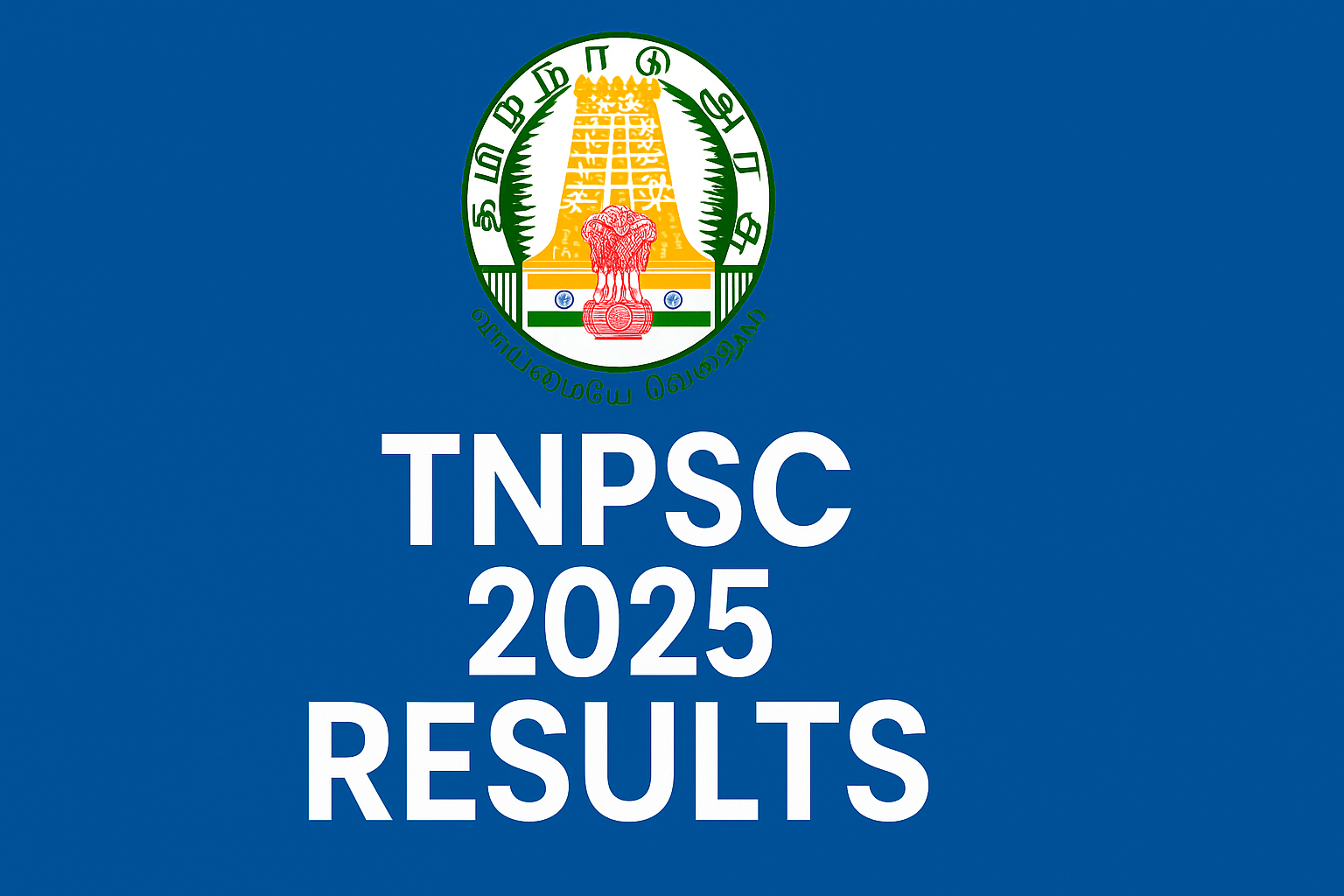1 | What took place—and when?
On July 4, 2025, the National Testing Agency (NTA) officially released the results and scorecards for the CUET-UG 2025—the national undergraduate entrance exam—for the 1,350,000+ students who appeared between May 13 and June 4 across two daily shifts indianexpress.com+15ndtv.com+15timesofindia.indiatimes.com+15.
Noteworthy points:
- Final answer key was released on July 1, after which 27 questions were dropped and candidates were awarded full marks for those adda247.com+4ndtv.com+4indiatimes.com+4.
- Scores are normalized to account for multi‑shift testing, ensuring fairness across difficulty levels .
- Each correct answer nets +5, and each incorrect one incurs a –1 penalty; unattempted or dropped questions earn 0 or full marks as applicable navbharattimes.indiatimes.com+15ndtv.com+15indiatimes.com+15.
2 | How to access your CUET‑UG 2025 scorecard 📥
Here’s a quick walkthrough to download your scorecard:
- Visit cuet.nta.nic.in (or nta.ac.in) navbharattimes.indiatimes.com+14indianexpress.com+14indiatimes.com+14.
- Click the “CUET UG 2025 Result” or equivalent link visible on the site navbharattimes.indiatimes.com+15hindustantimes.com+15timesofindia.indiatimes.com+15.
- Enter your Application/Roll Number and Date of Birth or Password shiksha.com+15m.economictimes.com+15news.careers360.com+15.
- View your subject-wise and overall NTA score.
- Download the PDF for future reference during counselling and admission hindustantimes.com+11indianexpress.com+11indianexpress.com+11adda247.com+8news.careers360.com+8indiatimes.com+8.
🟢 Direct Download Link (once live):
➡️ https://cuet.nta.nic.in — look for the “CUET UG 2025 Scorecard” section.
3 | Numbers & scale
- 13.5 lakh+ candidates appeared across 285 cities in a two-shift CBT format economictimes.indiatimes.com+15ndtv.com+15timesofindia.indiatimes.com+15.
- 37 subject‑papers were available: 13 Indian languages, 23 domain-specific tests, and 1 General Aptitude Test ndtv.com.
- PwBD candidates received 20 extra minutes per hour of testing ndtv.com+1cuet.nta.nic.in+1.
4 | Why did NTA cancel 27 questions?
Following the provisional key (released June 17), students raised objections over test content; NTA responded by dropping 27 questions from the final evaluation m.economictimes.com+3ndtv.com+3indianexpress.com+3.
- Students received full marks for these dropped items, irrespective of responses indiatimes.com.
- For questions with multiple correct options, any selected correct answer got full credit—a fairness measure indianexpress.com+2news.careers360.com+2indiatimes.com+2.
- The process sparked debate—students appreciated the redressal, but called for greater transparency and consistency timesofindia.indiatimes.com.
5 | Student backlash & demands for reform
Prior to the July 4 release, frustration ran high:
- Delays, unclear communication, and lack of announcement triggered student and educator resentment indianexpress.com+5m.economictimes.com+5indianexpress.com+5.
- Social media campaigns—e.g., “Shut down NTA”—called for structural overhaul timesofindia.indiatimes.com.
- Universities were left in limbo, delaying admission timelines—including critical preparatory tasks like generating cut‑offs, merit lists, and counselling schedules hindustantimes.com+3news.careers360.com+3indiatimes.com+3.
This compounds longstanding concerns over:
- Technological infrastructure (for live updates and site stability)
- Governance oversight of national exams
- Speed-vs-transparency tension in releasing answer keys and results
6 | What happens next? Admission pipeline begins
6.1 🏫 University cut-offs, merit lists & counselling
- With NTA scores public, over 250 institutions—including DU, JNU, BHU, AMU, JMI, Hyderabad, and more—will publish their course-wise cut-offs ndtv.com+2news.careers360.com+2timesofindia.indiatimes.com+2timesofindia.indiatimes.com.
- Delhi University has already prepared for a second CSAS round, giving applicants chance to edit preferences post-results indianexpress.com+1news.careers360.com+1.
- Counselling is projected to run through July–August 2025, varying by university indiatimes.com.
6.2 📋 Documents & registration steps
Students typically need:
- CUET scorecard (PDF)
- 12th class marksheet
- ID proof, passport-sized photos
- Category certificates if applicable
- Some may also need to pay registration fees navbharattimes.indiatimes.com+15m.economictimes.com+15adda247.com+15timesofindia.indiatimes.com+2shiksha.com+2navbharattimes.indiatimes.com+2
6.3 🎓 Low-score alternatives
For those below cut-offs, options include:
- Government/central universities with lower thresholds (Agra University, Veer Bahadur Singh Purvanchal University, Gorakhpur, etc.) .
- Open universities like IGNOU, which don’t require CUET scores m.economictimes.com+9hindustantimes.com+9navbharattimes.indiatimes.com+9.
- Many private institutions (Sharda, Galgotias, LPU) offering direct admission or scholarships to low-score candidates navbharattimes.indiatimes.com.
6.4 🎯 Cut-off trends & anticipations
- Delhi University: Science courses may see slightly lower cut-offs; B.Com/BA likely stable or slightly higher than last year timesofindia.indiatimes.com.
- Institutional cut-offs hinge on statistics such as total applicants, seat availability, score distribution, category quotas, and overall performance .
7 | Deep-dive discussion: evaluating the CUET ecosystem
7.1 Timeliness vs Quality
Importance:
- Releasing the final answer key two days before result was quick—but the short turnaround meant glitches weren’t uncommon timesofindia.indiatimes.com+10adda247.com+10ndtv.com+10.
- The NTA’s prioritization of fast results over slower, more transparent processes may undermine trust.
7.2 Fairness & normalization
Score normalization:
- Equity mandates percentile-based corrections for multi-shift comparisons indianexpress.com+1news.careers360.com+1.
- Critics suggest webinars or explanatory docs to help students understand normalization outcomes.
7.3 Contingency handling: dropped items
- While dropping disputed questions (with full mark compensation) is fair, the process’s rapid pace suggests need for a standard pre-result audit.
- The earlier provisional–final key timeline gives students only ~3 days for objection filing—tight for many.
7.4 Digital robustness & communication
- UI failures can panic 13+ lakh students refreshing the cuet.nta.nic.in portal indiatimes.comnavbharattimes.indiatimes.com+15ndtv.com+15news.careers360.com+15.
- Improved official communication—live status updates, timelines—would reduce the chaotic last‑minute scramble.
7.5 Admission equality & autonomy
- Some universities (like JMI) still rely on Class 12 or extra exams for select courses, undermining CUET’s parity goal timesofindia.indiatimes.com.
- Institutions such as BBAU, offering admission without CUET, diversify options but may fragment the centralized system .
7.6 Reforms on the table
Emerging consensus suggests:
- Public audits of answer keys and normalization algorithms.
- Extended objection windows or phased key releases.
- Infrastructure upgrades to handle peak traffic.
- Debate: NTA remains centralized—should we decentralize OSCE to individual universities?
8 | What students should do in the coming weeks
✅ Immediate tasks (within 1 week):
- Download and save the scorecard PDF + print copy.
- Compare scores with last year’s cut-offs (especially DU, JNU, BHU).
- Finalize choice of universities and courses.
- Ready your documents—12th marksheet, ID, category certificate, photos.
📅 Medium-term strategy (next 2–4 weeks):
- Keep tabs on each university’s counselling portals (DU‑CSAS, JNU, BHU, state-level).
- Register and pay fees promptly for counselling rounds.
- Prepare Plan B options—private/university entrance tests or open universities.
🔁 If a student misses cut-off:
- Evaluate low-cut universities listed above.
- Check ignuite alternative tracks (e.g. BA/B.Sc through IGNOU).
- Look for private scholarships or lateral transfers with grace marks.
9 | Final takeaways
The CUET‑UG 2025 results marks both an achievement and a challenge. While fair scoring mechanisms and compensations reflect a robust process, the operational shortcomings—communication breakdowns, server lags, compressed timelines—have tarnished the experience.
The outcome sends a clear message:
- Students expect accuracy and fairness, not just speed.
- Systemic infra and process upgrades are overdue to support this massively scaled exam.
- Universities must balance centralized parity with institutional autonomy to serve diverse student needs.
As counselling begins soon, both NTA and universities face a test of credibility—and students’ futures are the immediate stakes.
✅ Actionable Summary
| Task | Details |
|---|---|
| Download scorecard | Visit cuet.nta.nic.in, log in, download/print PDF |
| Prepare documents | Scorecard, 12th marks, IDs, category certificates |
| Track counselling | Frequent checks on university CSAS portals |
| Explore low cut-off options | Agra, Gorakhpur, IGNOU, etc. for Plan B |
| Watch for announcements | Failed key? Watch for re-tests; now addressed by final July 1 key |
Common FAQs
Q: Are CUET results final?
Yes. Scores are based on the Final Answer Key of July 1, including dropped items.
Q: When does counselling start?
Typically July–August 2025, but the exact timetable varies across universities.
Q: What if the portal crashes at login?
Be patient—peak traffic is expected. Try early morning or late night off‑peak hours.
Q: Can I get a physical scorecard?
No—only digital downloads (PDF/print-outs) are available timesofindia.indiatimes.comnavbharattimes.indiatimes.comtimesofindia.indiatimes.comnews.careers360.com+1timesofindia.indiatimes.com+1adda247.com+1indianexpress.com+1timesofindia.indiatimes.com+11indianexpress.com+11m.economictimes.com+11adda247.com+3hindustantimes.com+3indiatimes.com+3indiatimes.com.
Q: How is CUET score normalized?
NTA uses percentile equi‑percentile normalization to ensure fairness across difficulty‑varied shifts news.careers360.com.
🔚 Closing Reflections
The CUET‑UG 2025 cycle showcased both NTA’s scale and its vulnerabilities. Students now hold the key to their future—not just through their results, but in how they choose and pursue admissions in a rapidly evolving higher‑education landscape.
What happens next will define not only individual academic journeys, but the credibility of India’s centralized admission framework.













